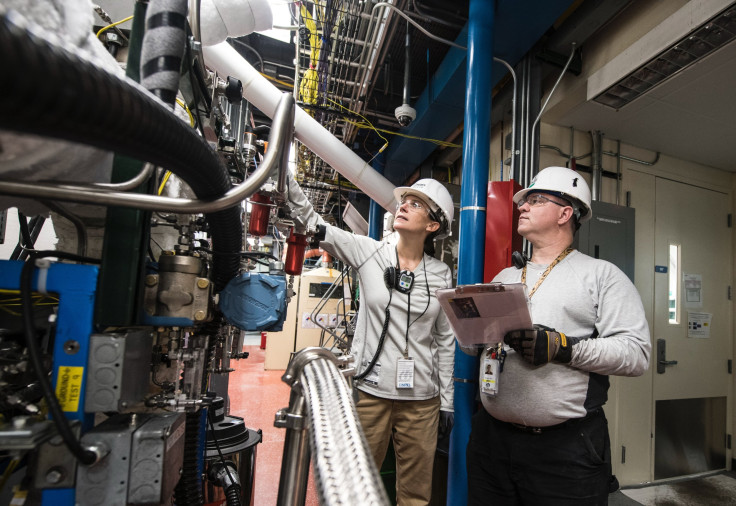What Are the Best Business Processes to Automate

Did you know that 88% of all company data breaches are the result of human error? That's right. A two-second mistake can end up costing a company irritating amounts of money. There will always be human error, especially in small businesses. But, owners can do a lot to keep this statistic as low as possible within their own doors. Evaluating the best business processes to automate can cut down on money spent, time wasted, and customers lost.
A Closer Look at Business Process Automation
Thinking about a task your small business performs every day--maybe processing an invoice or screening applications. It takes up a frustrating amount of time and takes very little thought, only concentration to avoid mistakes.
Based on the amount of money and resources this task takes, how much would it be worth to have this taken off your plate? How much would you pay for software that could take care of this for you?
Business process automation (BPA) is when a company uses software to help them improve efficiency and workflow. Small businesses use BPA to solve problems and connect systems together. In general, process automation includes multiple steps and can be repeated over and over again.
BPA falls under Business Process Management (BPM), which is an ongoing attempt to streamline company processes and operations. BPA itself is one automated process among many.
Human Resources Automation

Your human resources department could be one of the best places to automate processes. Especially if you have a higher employee turnover rate or a decently-sized staff, automation can save you lots of paperwork.
If you have a high number of applicants to your jobs, try using software like BambooHR to sift through applications and weed out ones that don't meet specific requirements. You can automate processes like onboarding, mileage, and rotating employee schedules. You can even layer programs to track timesheets and attendance at the same time.
With the right software, your HR representatives can easily monitor benefits, like health insurance and 401K, without being surrounded by mountains of file folders. Remember that automation isn't meant to get rid of jobs. It's meant to make your job easier and more accurate.
Accounting Process Automation
Don't worry--we're not pushing for you to replace your trusty accountant with robotic tech. But the less your accounts payable or receivable team has on their plate, the more accurate they can be with calculating the numbers that count.
Think about giving your accountant a hand by automating things like their bill pay process, payroll, and account reconciling.
Customer Support Automation

Of course, there's something to be said for waiting on hold forever before finally talking to a real person. So having an actual customer support agent available is a major asset.
Still, why should you let them get tied up with the same questions over and over again? They could be spending that time helping customers who have more serious problems. That's where BPA comes in.
Using software like chatbots on your website, you can offer 24/7 support without paying someone to be available. Ticketing software can streamline the response times, allowing customers to get updated on their issue's progress. You can store canned responses and create a knowledge base of data that helps customers solve problems independently without having to wait on hold.
How to Automate Your Business Processes
Especially for a small business, making your processes more efficient can have a lasting effect on your bottom line. But it can feel overwhelming to know where to start. There are several things that you could update, but what would give you the most significant ROI?
Small business owners can think about bringing in a Business Process Consultant. They evaluate and offer suggestions on workflow updates that will have the biggest impact. And they'll usually document the process as they go.
And even if you're not ready to bring someone in, this is a great pattern to follow: track, change, and test. Track the current process to find weaknesses, implement changes using automation software, and test the results.
The real question isn't, "What processes will I change?" It's "What can you do with all the time you'll save?"
© Copyright IBTimes 2025. All rights reserved.





















